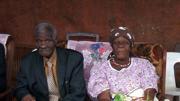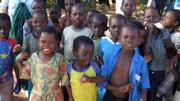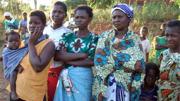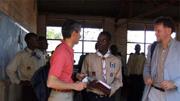
Malawi
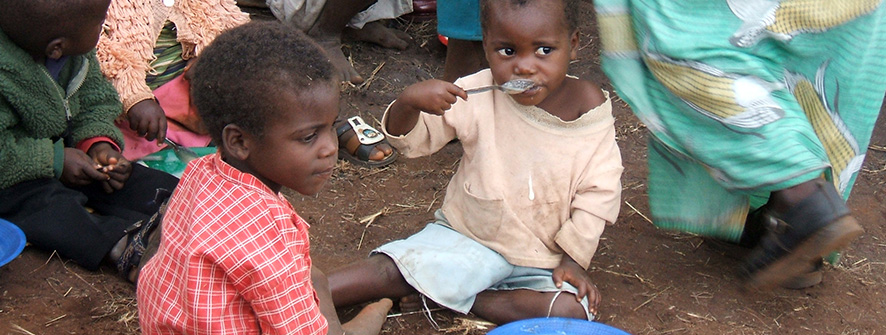
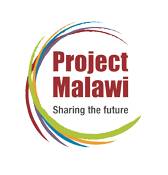
Launched in 2005 together with Intesa Sanpaolo, Project Malawi was Fondazione Cariplo’s first international project.
Aimed at improving living conditions and promoting economic and social development in one of the world’s poorest countries and one of the most ravaged by the AIDS plague, Project Malawi was funded with 25.5 million euros, of which 7.5 million euros provided by Fondazione Cariplo and 18 million euros by the Intesa San Paolo banking group.
As a crucial feature to securing sustainable, lasting development, the project hinged on the cooperation between a number of major NGOs operating in Malawi and the local government.
Alongside structural efforts to fight AIDS, the project entailed activities to promote education, strengthen social cohesion and support economic growth.
Each area of intervention was assigned to a select operational partner, namely:
- Community of Sant’Egidio took responsibility for health measures and AIDS treatment, and in particular prevention of mother-to-child transmission of HIV, under the DREAM (Drug Resource Enhancement against AIDS and Malnutrition) protocol;
- Save the Children for the care of vulnerable children and orphans;
- CISP for local development and microfinance;
- MAGGA-SAM (Scout Malawi) for sexual education and disease prevention.
The project was monitored by Pavia University School for Advanced Studies (IUSS).
In June 2008, Project Malawi was recognized as best project and honored with the Community Philanthropy award by the Global Business Coalition, an alliance of 220 international organizations leading the fight against HIV/AIDS, tuberculosis and malaria.
In the last three-year period of the project, upon indication of the funders, the four organizations operating on the ground focused on attaining broader and deeper engagement of local authorities and communities to ensure takeover and full ownership by the Malawi population and continuation of activities after the official conclusion of the project.
Key achievements of this nine-year project include: the establishment of 4 general medical centers and 9 specialist medical centers including 7 maternity wards; more than 7,600 healthy babies born to HIV-positive mothers; over 18,000 pregnant women seen by a doctor and tested for HIV (more than 8,500 women tested positive and were treated at the medical centers); when the project ended some 16,600 patients were on medical care and over 24,700 patients had received anti-retroviral treatment.
